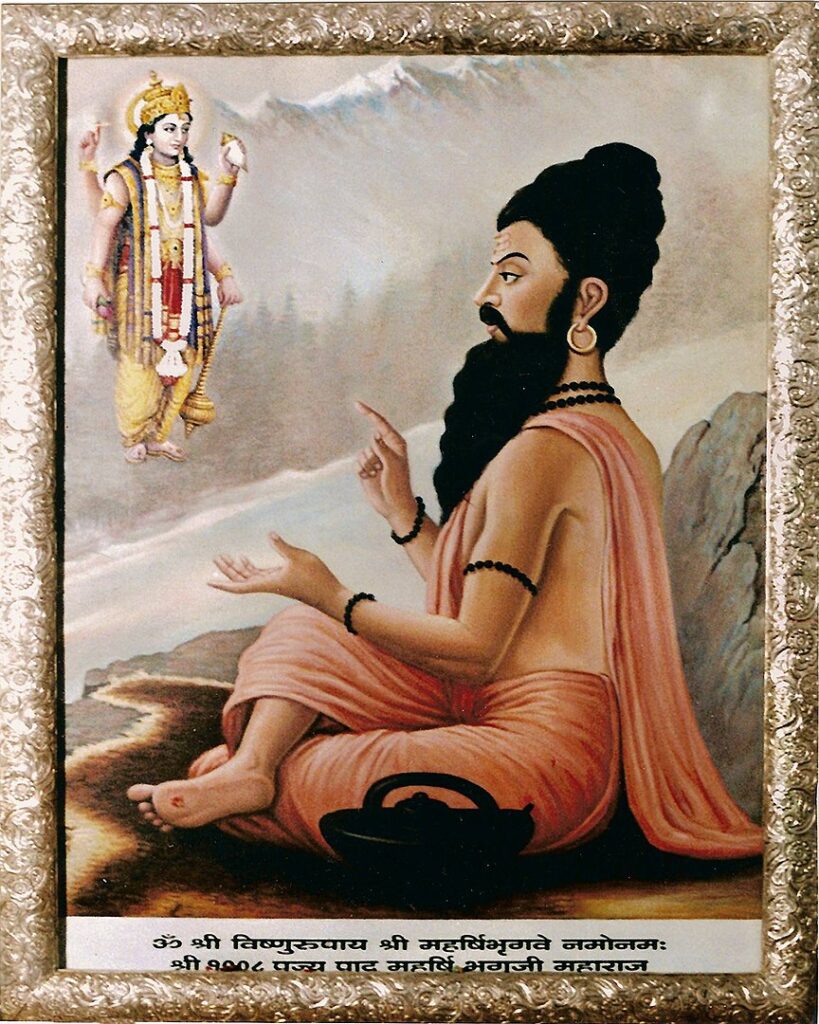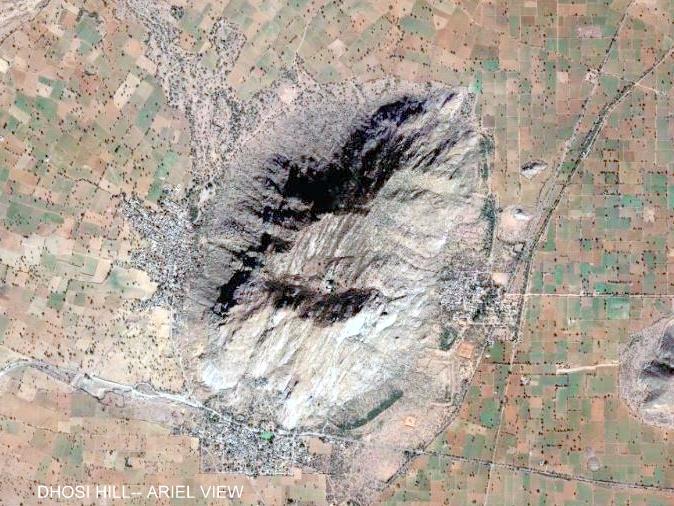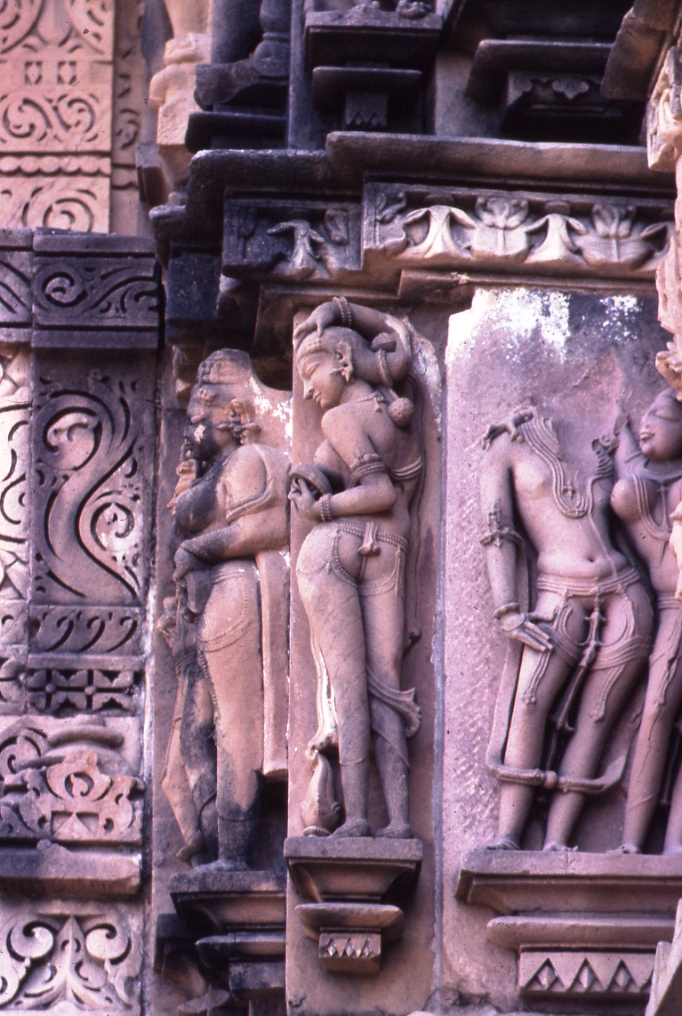
Table of Contents (The Complete Mahabharata in Simple English)
Previous Post: The Story of Apsara Menaka and the Gandharva King’s Daughter
| Note: In the previous post, we read about Pramadvara’s birth and how Ruru (a descendant of Sage Bhrigu) fell in love with the beautiful lady when he saw her for the first time in her foster father’s (Sage Sthulakesa) hermitage. |
And the pious Ruru having seen Pramadvara in the hermitage of Sthulakesa became one whose heart was pierced by the god of love.
Ruru sought help from his friends to tell his father (Pramati) about his love for Pramadvara. When Pramati learned of Ruru’s feelings, he met the famous rishi, Sthulakesa, and asked for his daughter’s hand in marriage for his son. Sthulakesa, who was happy with the marriage proposal, betrothed his daughter Pramadvara to Ruru. He decided to hold the marriage ceremony of the day when the star Varga-Daivata (Purva-Phalguni) would be in the ascendant.
A few days after that, the beautiful virgin lady (Pramadvara) was playing with her friends. Unfortunately, while playing, she stepped on a coiled serpent, who was impelled by fate to sting Pramadvara with its poisonous fangs.
Pramadvara lost consciousness and immediately dropped to the ground and her face started to become pale. Her friends were flung into despair as they saw Pramadvara’s beautiful face change into something painful to look at, and as the poison spread, she lay as if asleep on the ground, and her face once again changed into a form that was even more beautiful in her unconsciousness than it was while she was living.
Very soon, Sage Sthulakesa and many other holy ascetics came to that place and saw her lying down unconscious, but like a splendid lotus. Many famous brahmins came there, sat around her, and wept out of compassion.
Ruru felt crushed in spirit when he saw Pramadvara lying on the ground. Filled with despair and grief, he lamented loudly:
“O, the delicate lady, who I love so much, lies on the ground. What can be sadder and horrifying than this event?”
As if speaking with the Gods, Ruru said:
“If I have been generous, if I have performed acts of penance, if I have revered my superiors, let all the merits of these actions restore the life of my beloved Pramadvara.”
“If I have truly exercised virtuous self-control and adhered to my vows from birth then let the fair Pramadvara arise.”
While Ruru spoke these words in his grief, a messenger came from heaven and stood before him. The messenger said, “O Ruru! O, pious man! A person whose days on earth have ended can never come back to life.”
The messenger referring to Pramadvara said, “The days of this child of an apsara and a Gandharva king are over, therefore, O child, do not grieve over what fate has decided.”
The messenger continued, “However, the Gods have provided a way to restore her life. If you agree to their command, then Pramadvara may live again.”
When Ruru heard the messenger say that there was a way to bring Pramadvara to life, he replied, “What is it that the Gods have commanded? Tell me everything so I may fulfill their command.”
The messenger said to Ruru, “Give up half of your life to your beloved Pramadvara. O Ruru of Bhrigu’s race, if you give half of your life to Pramadvara then she will come back to life.”
Ruru immediately replied, “I most willingly give half my life to Pramadvara. Now let her rise from the ground.”
Upon hearing Ruru’s words, the messenger, who was none other than Pramadvara’s father (the Gandharva king), went to Dharma Deva and said, “O Dharmaraja, if this is your wish then let Pramadvara arise with half of Ruru’s life.”
Dharma Deva gave his consent and Pramadvara returned back to life.
Ruru and Pramadvara’s fathers arranged their marriage on an auspicious day and the beautiful couple lived and died together, ever devoted to each other.
| Note: In the next post, we will read about Ruru’s anger toward snakes. Kisari Mohan Ganguli’s translation of the Mahabharata, mentions the names of the people who sat around the lifeless Pramadvara after she was bitten by the snake. They are Swastyatreya, Mahajana, Kushika, Sankhamekhala, Uddalaka, Katha, and the famous Sweta. Also sitting there were Bharadwaja, Kaunakutsya, Arshtishena, Gautama, Pramati, Pramati’s son Ruru, and other inhabitants of the forest. |
Next Post: Ruru’s Anger Toward Snakes
Table of Contents (The Complete Mahabharata in Simple English)
Image Credit: Photo by Amy Shamblen on Unsplash




